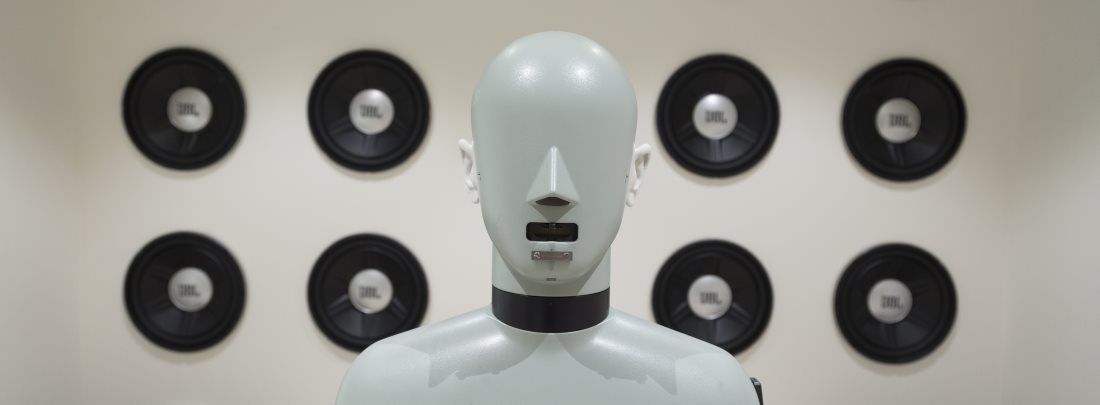In the MAUS project, we have developed a prototype of a traffic auralisation tool. The idea is to realistically imitate the sound of traffic, to give an idea of how it will sound in cases that have not been realised yet, and to show the effects of various noise-reducing measures. We have previously given a simple description of how the tool works together with sound examples on this blog.
In early December, we presented a paper and a poster on the MAUS auralisation tool at the 18th International Conference on Digital Audio Effects (DAFx-15) here in Trondheim. This conference was organized by the Music Technology and Acoustics groups at NTNU.
Read more…Presenting the MAUS project on traffic auralisation



